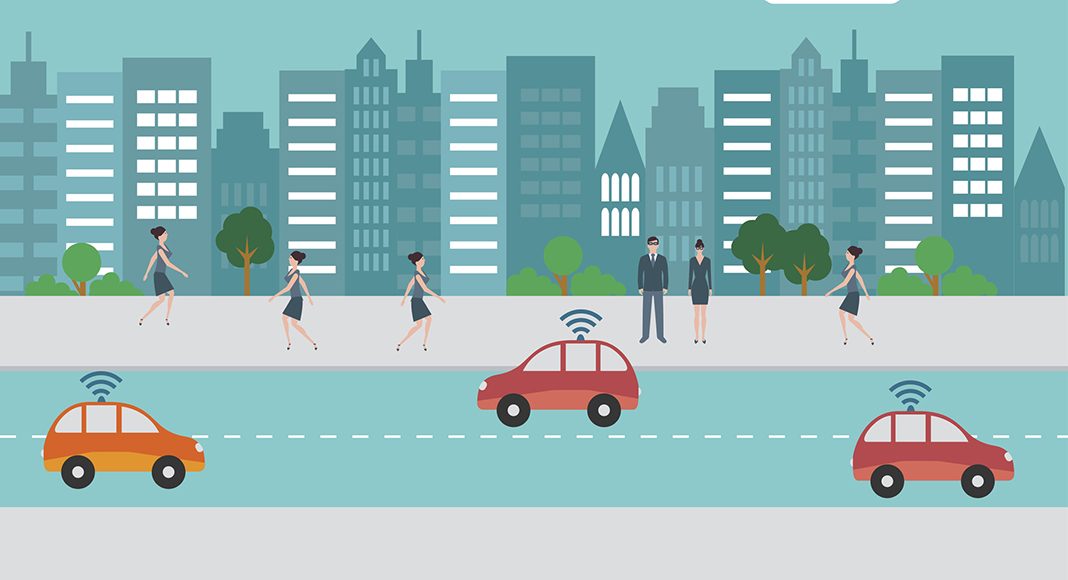Researchers from the Institute for Road Safety Research (SWOV) have carried out an experiment to determine how pedestrians will interact with automated vehicles.
During the study, which involved participants crossing a ‚Äúfake‚ÄĚ road, vehicles with different appearances were used to determine how pedestrians would react to them. The vehicles included a traditional vehicle, an unrecognizable automated vehicle and vehicles that were recognizable as automated due to signs on either the door and hood or roof. The automated vehicles had an inattentive driver in them.
In summary, 83 percent of the participants said they realized, before making the decision to cross the road, that the driver was performing tasks other than driving. Of these, 70 percent said the signs on the vehicle stating the vehicle was automated influenced their decision-making. Roughly 29 percent of the participants said they were more uncertain/ doubtful as compared to a traditional vehicle.
View the full article, Interaction between pedestrians and automated vehicles: A Wizard of Oz experiment in Transportation Research.



















